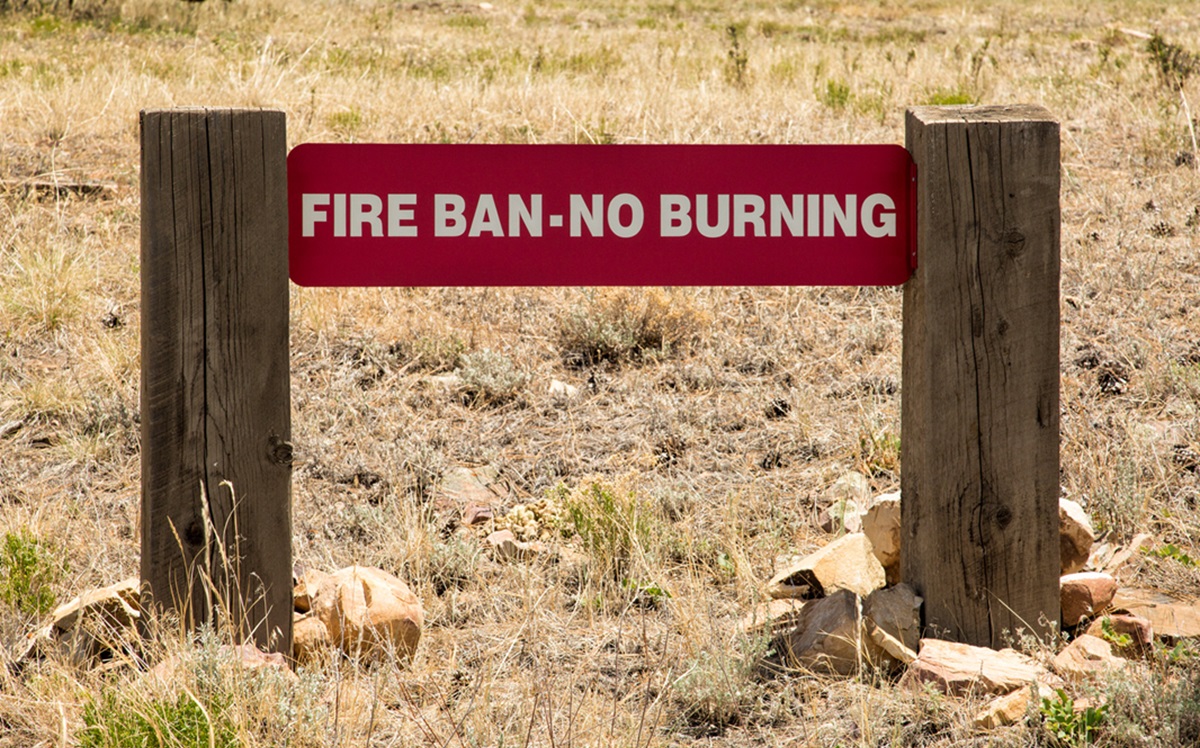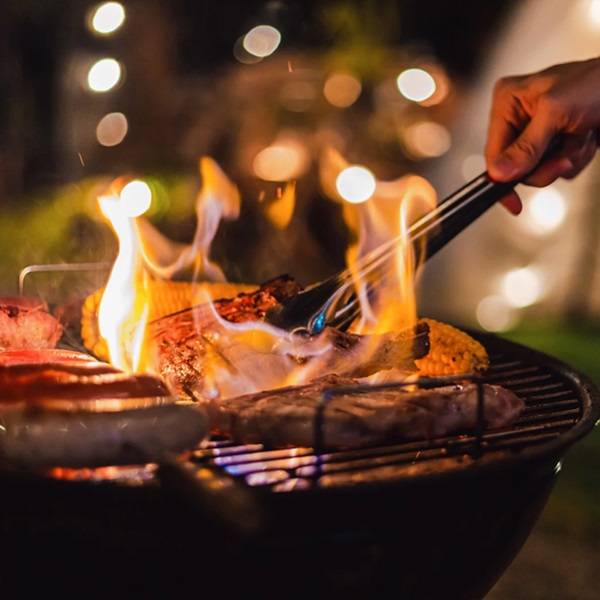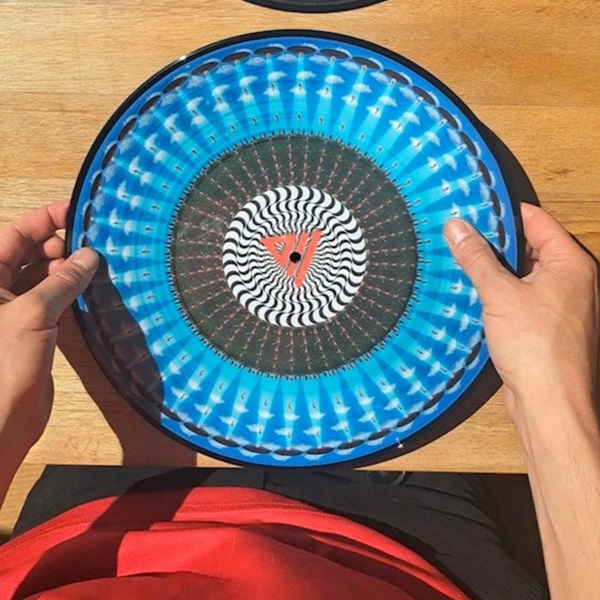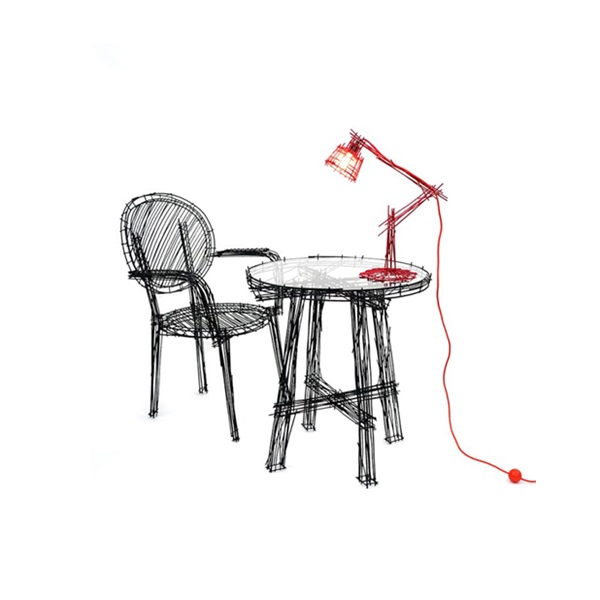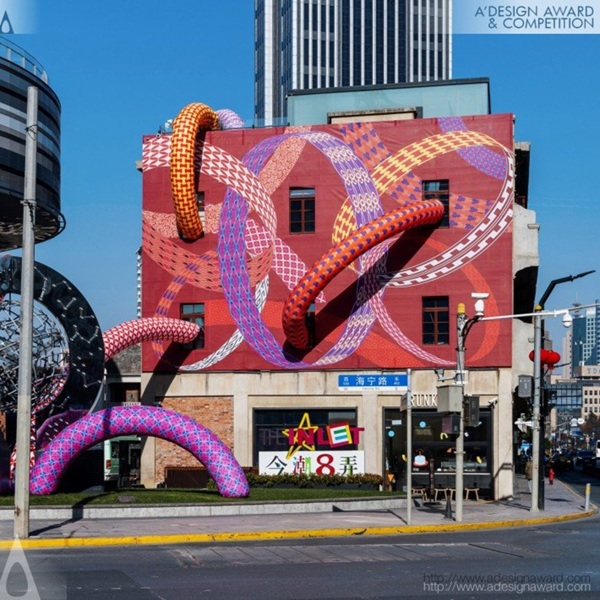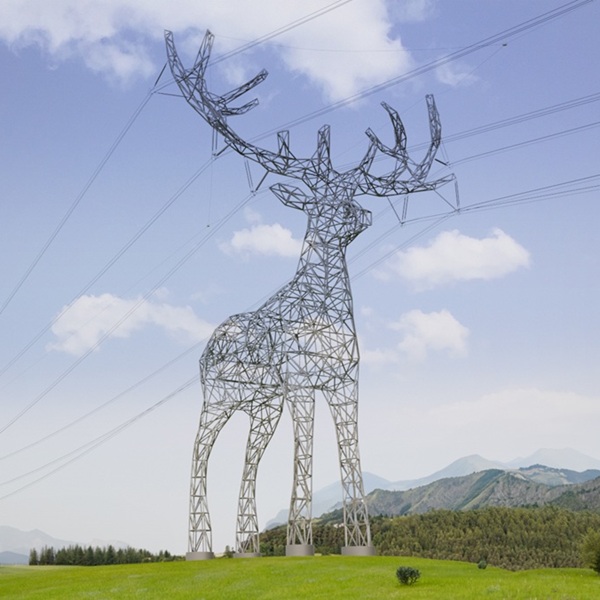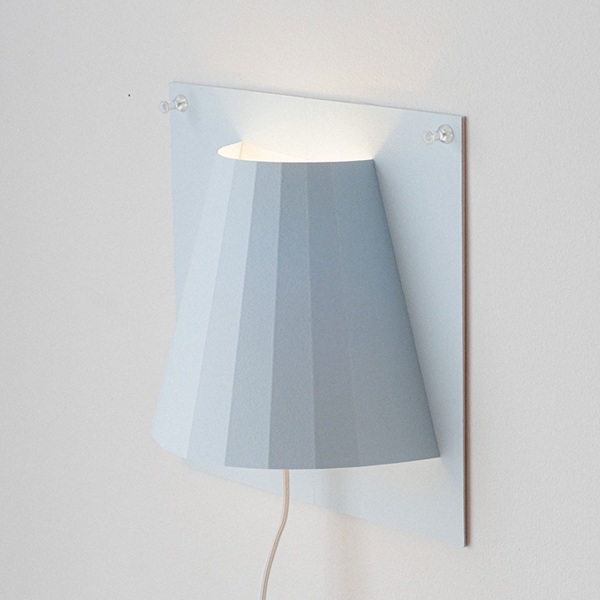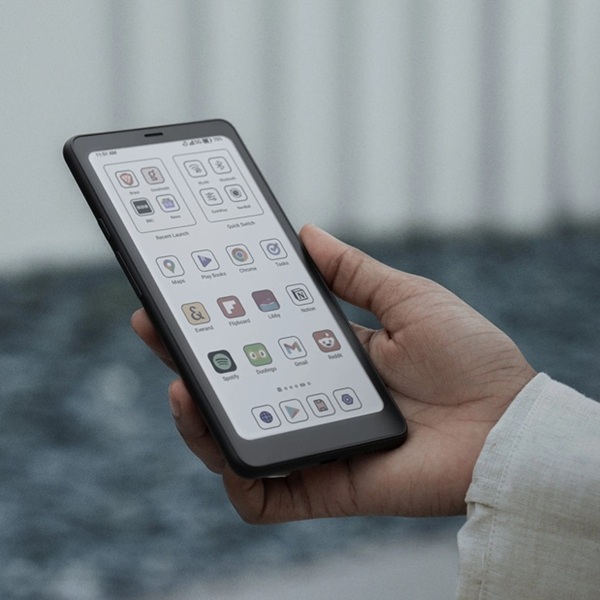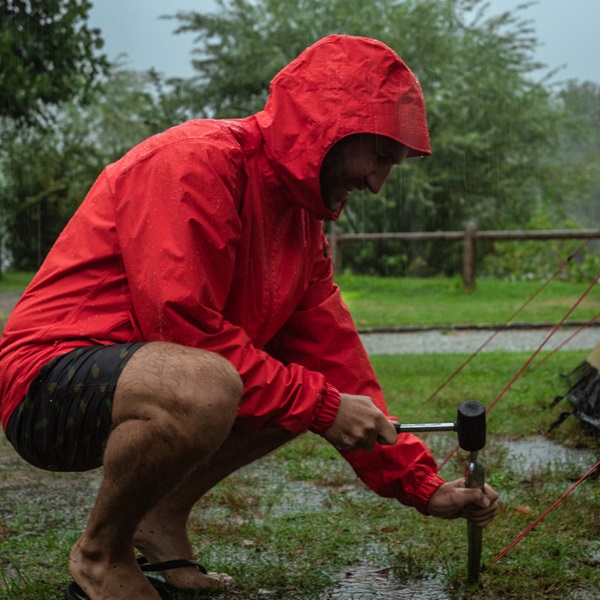
If all summer campers are here, let’s talk about how to cook without fire. Because burn bans have come into effect to prevent wildfires.
You may not be familiar with the concept. But these restrictions are often enforced during dry, windy conditions when a single spark can ignite devastating blazes across forests and grasslands. Therefore, campers should adapt their routines, as traditional campfires and open-flame cooking methods are strictly prohibited.

Always remember that burn bans aim to protect both nature and human safety. Thus, you should also be strict about these bans. You should also find alternatives for meal preparation.
In this guide, we will help you discover creative ways to cook without fire.
How to Cook During a Burn Ban?
Below you can find 5 detailed methods to cook without fire during burn bans. Each method is safe and perfect for campers. Get ready to prepare delicious no-fire foods.

Solar Oven Cooking
You can prepare no-fire camping meals by harnessing the sun’s energy using a portable solar oven. These reflective boxes concentrate sunlight to heat food. Therefore, solar energy can be an ideal option for cooking without an open flame.
You may wonder if solar energy can provide enough degrees to cook food. Here is clear information for you: A solar oven can reach 200–300°F, perfect for baking bread, reheating canned chili, or softening veggies.
To prepare your meal, you should place food in dark, heat-absorbing pans inside and angle the oven toward the sun. You should let it slowly cook over several hours. But do not forget to check alignment every 30 minutes to maintain temperature.
Solar ovens are lightweight, packable, and produce no emissions—fully compliant with burn ban rules. As long as sunshine is available, you can manage multiple dishes.
Cold-Soak and Instant Meals
You can use cold-soak and ready-meal ingredients for fast, nutritious, and effortless no-fire cooking during burn bans. Cold-soak involves adding boiling or potable water to packaged grains—like instant couscous, quinoa, or noodles—in a sealed container, then letting it sit for 15–30 minutes off-heat.
For ultra-simple meals, grab pouches of tuna, precooked chicken, couscous packets, freeze-dried vegetables, salsa, or olive oil—all excellent no-fire camping meals. You can combine protein, grains, and veggies in a container, add water, and let ingredients hydrate on their own.
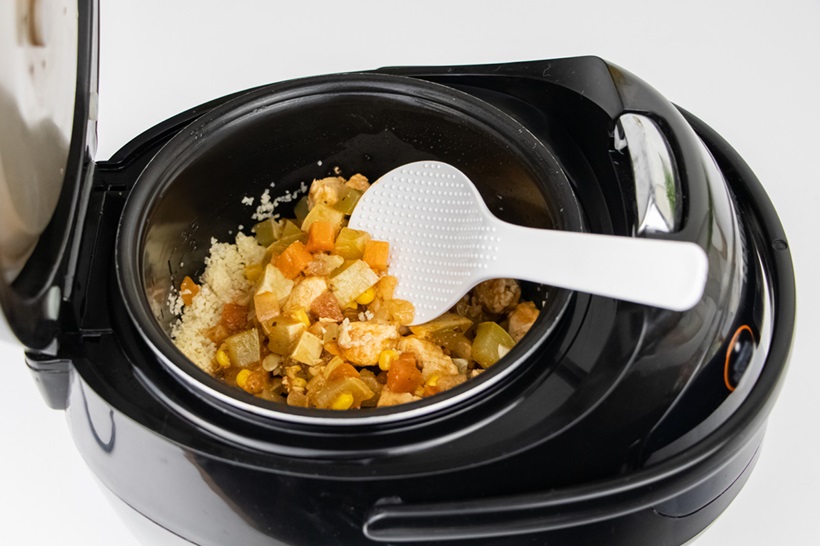
Propane or Butane Stove
A propane stove or butane-fueled camping stove lets you cook without fire during burn bans because it’s a contained, engineered flame approved by many fire-safety authorities.
Compact backpacking stoves burn cleanly, are lightweight, and can boil water in minutes for pasta, rice, or dehydrated camping meals. If you wonder, popular no-fire cooking equipment uses canister stoves with safety shut-off valves and windshields. Furthermore, some approve gas stoves even when open flames are prohibited.
You can set up your stove on a stable, non-flammable surface such as a metal plate or gravel pit. After cooking, you should let the stove cool completely before packing.
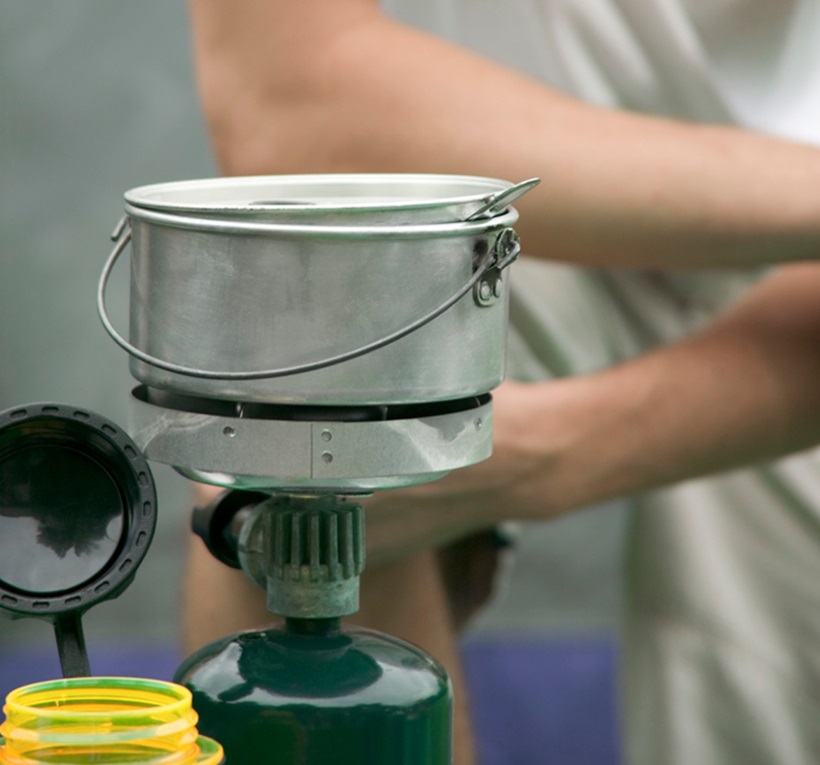
Alcohol Stove
An alcohol stove runs on denatured or isopropyl alcohol, creating a small, controllable flame ideal for dry-season camping. This minimalist unit offers an easy burn ban cooking method alternative, as its flame is low-profile and generally permitted where open, intense flames aren’t.
You can use a windscreen and a stable base to conserve fuel. Additionally, bring lightweight metal cookware and alcohol fuel tablets or liquid fuel. With this stove, you can simmer soups, boil water for coffee, or rehydrate pasta easily.
Since there’s no wood, no embers, and little smoke, alcohol stoves align with no-fire camping meal strategies and are recognized outdoor cooking during fire ban approaches. Let the stove burn out completely and cool before storing. While heat output is modest compared to propane, it’s efficient for simple burn ban cooking methods.
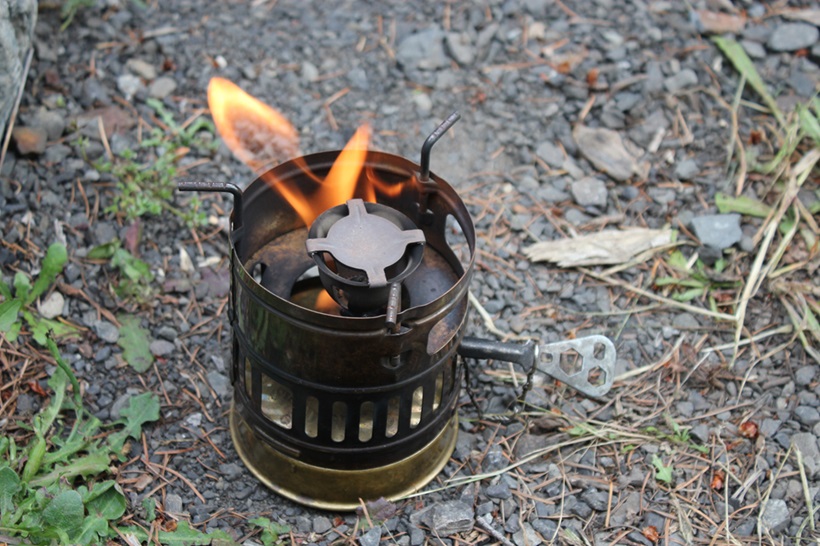
Pre-Cooked & Ready-to-Eat Meals
The simplest way to follow burn ban rules is to carry pre-cooked meals. You can bring your meals in high-quality vacuum-sealed containers to eliminate all need for heat.
You can prepare no-fire camping meals by layering tortillas, nut butter, smoked salmon, and veggies for wraps. You can also add a side of crackers and fresh fruit.

Tips for Burn Bans
It is difficult to learn how to cook without fire. But it is essential for safe and responsible camping when burn bans are in effect. These restrictions exist to reduce wildfire risks. Because during dry seasons, it becomes much more difficult to put out wildfires. For your and wildlife safety, you must follow the rules.
Choose the Right Cooking Surface
Always cook on non-flammable surfaces like gravel, concrete, or bare dirt. This is critical for outdoor cooking during fire ban conditions. Avoid placing equipment near dry grass, leaves, or brush.
Use Legal, Contained Equipment
When allowed, opt for gas stoves or solar ovens with flame control and emergency shut-off valves. These options align with burn ban cooking methods and are far safer than charcoal or wood. Always check local rules to confirm what’s permitted, especially if you’re unsure how to cook during burn ban periods.
Keep Water or extinguishers nearby.
Whether you’re using a gas stove, solar oven, or alcohol burner, keep water, a fire extinguisher, or wet rags close by. A quick response is key if something goes wrong while cooking without an open flame.
Prep No-Cook Ingredients in Advance
Pack smart by prepping no-fire camping meals ahead of time. Portion cold-soaked grains, vacuum-seal wraps, or organize canned meals before heading out. These require no heat, support no-fire cooking during burn bans, and help you enjoy stress-free meals in nature.
Avoid Spark-Producing Tools
Even multitools, stoves, or kitchen gadgets that create sparks can be dangerous near dry vegetation. Avoid grinding, welding, or using metal-on-metal gear in flammable environments. Respecting fire-safe practices is part of responsible burn ban cooking methods.
Be Mindful with Trash and Cigarettes
Used food packaging, cigarette butts, and even greasy napkins can be a hazard. Always dispose of waste in fire-safe containers, and never leave flammable trash behind. Practicing clean camp habits goes hand-in-hand with cooking without an open flame.

